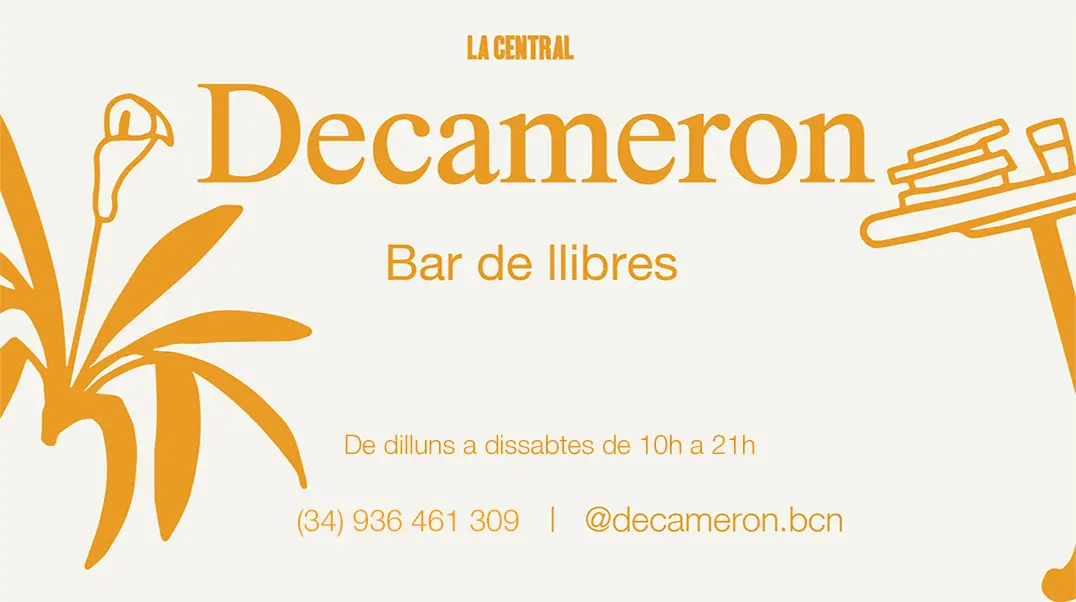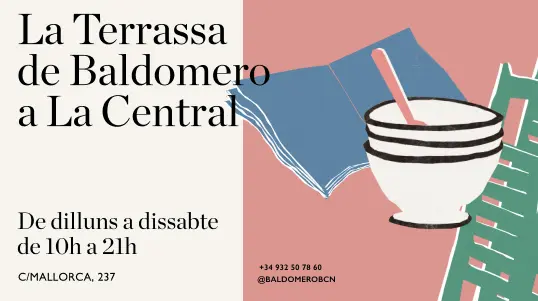Filippo Brunelleschi

Filippo Brunelleschi
Sense existències ara
Rep-lo a casa en 2 / 3 dies per Missatger o Eco Enviament*Sobre el libro Filippo Brunelleschi de publicado por Phaidon al 2012:
The Florentine architect and sculptor Filippo Brunelleschi (1377 - 1446) was a key figure in the Italian Renaissance. This comprehensive monograph, written by the respected art historian Eugenio Battisti, considers Brunelleschi´s major contribution to Renaissance culture, discussing his interpretation of classical antiquity and his experiments with perspective. These led to the development of a rational architectural language where every single part is harmoniously blended and in proportion with the whole. This approach underpinned all of his architecture, and helped him to adapt antique forms to the needs of the Christian religion. This book is a detailed record of all Brunelleschi´s major architectural works including The Foundling Hospital (c.1419-45), the Pazzi Chapel (c.1441 - 1460) and the technically innovative dome of S Maria del Fiore (c.1420-1436) that dominates the Florence skyline and is thought to contain more than four million bricks. The book also includes his military projects and his work as a goldsmith and sculptor as well as sections on his literature. As well as containing extensive illustrations, it concludes with a chronology of Brunelleschi´s life and his times.El llibre Filippo Brunelleschi de pertany a la matèria
Veure altres ressenyes de Arquitectura
Ressenya
Benjamin Moser
Sontag. Vida y obra
Plagada de todo tipo de detalles -algunos, incluso, un tanto escabrosos-, la biografía de Moser aspira a dar respuesta a todas las posibles preguntas que puedan surgir en torno a la figura de Sonta...

Ressenya
Anna Banti
Artemisia
No es fácil ser mujer en un mundo de hombres por eso resulta tan fascinante la figura de Artemisia Gentileschi. Al margen de toda tutela masculina, consiguió hacerse un hueco en un ámbito considera...

Ressenya
Peio H. Riaño
Las invisibles. ¿Por qué el Museo del Prado ignora a las mujeres?
“Un día lo ves. No están”. Peio H. Riaño comienza este ensayo relatando el momento en que lo invisible se le hizo evidente. El autor nos invita a un recorrido por el Museo del Prado en el que, t...







